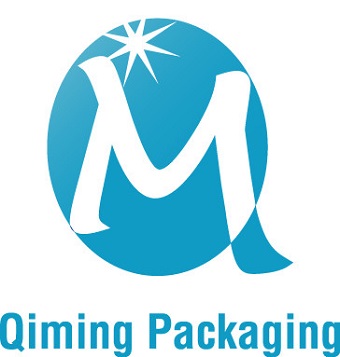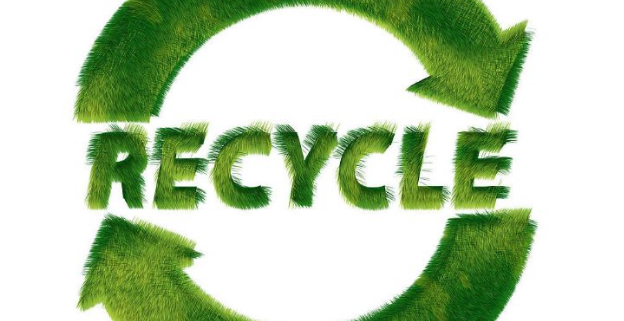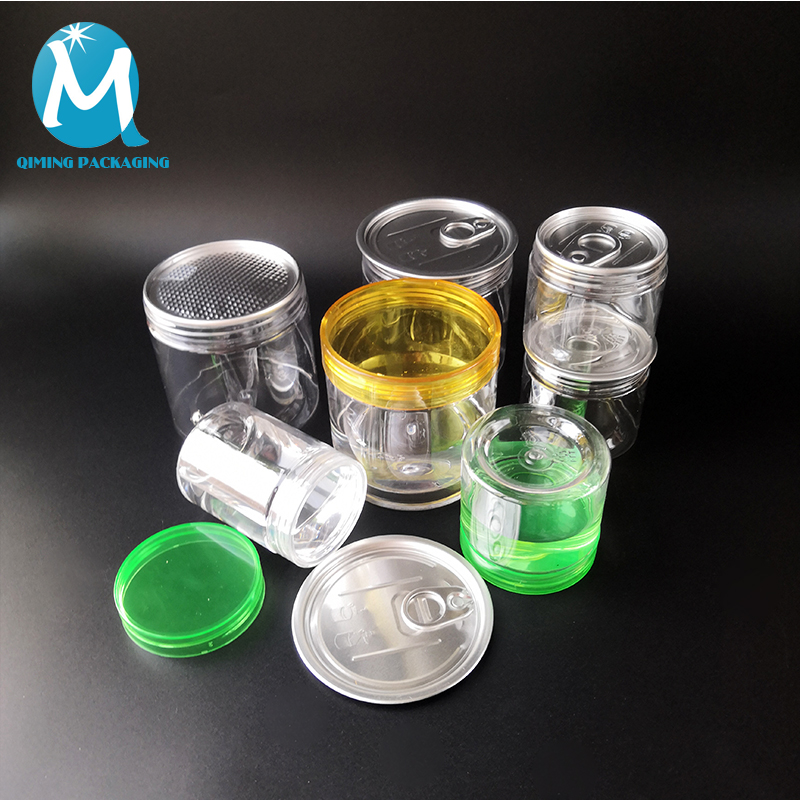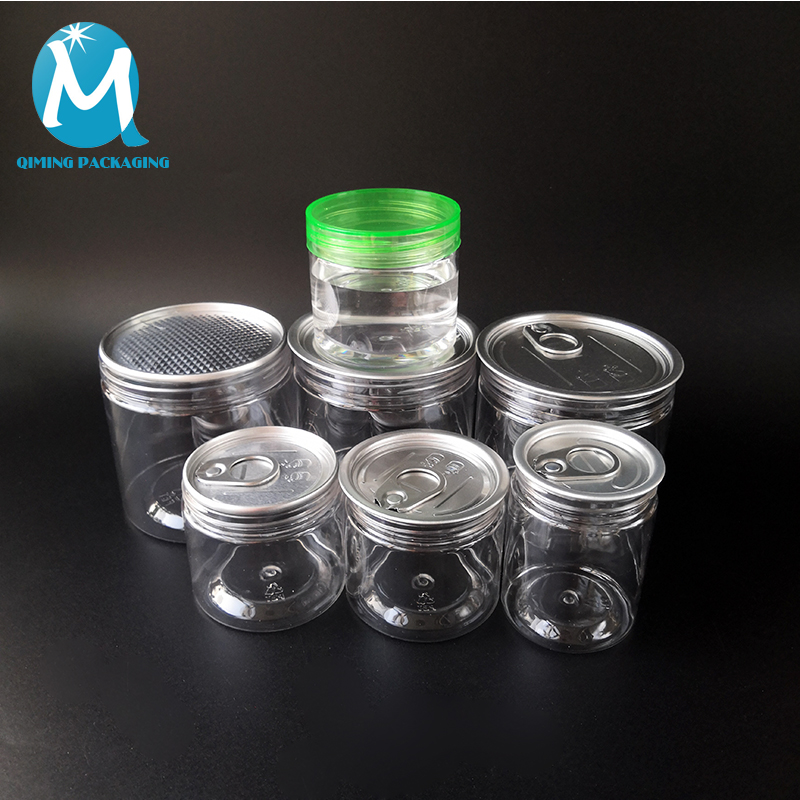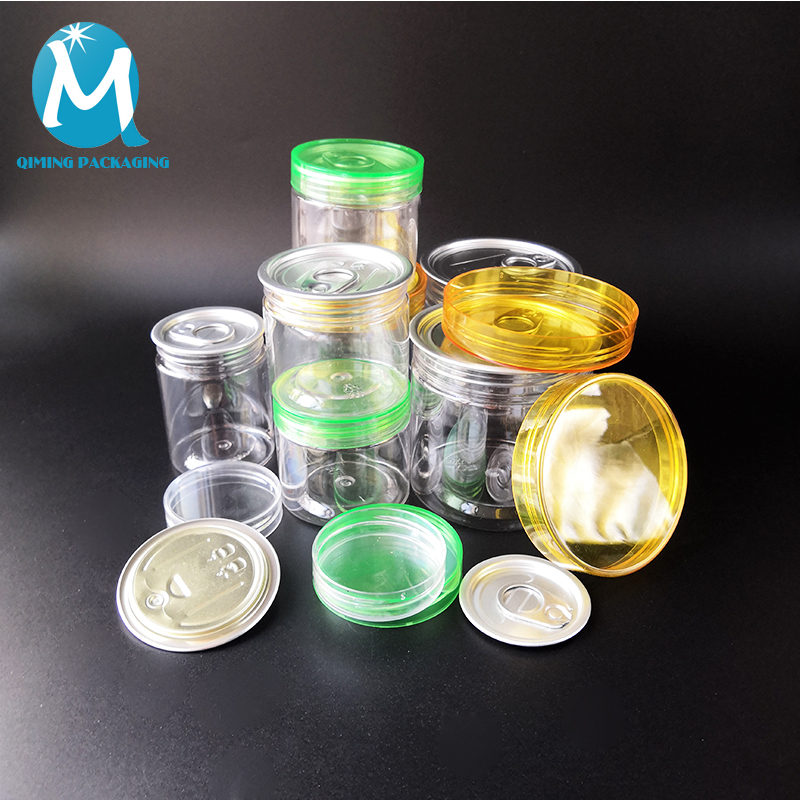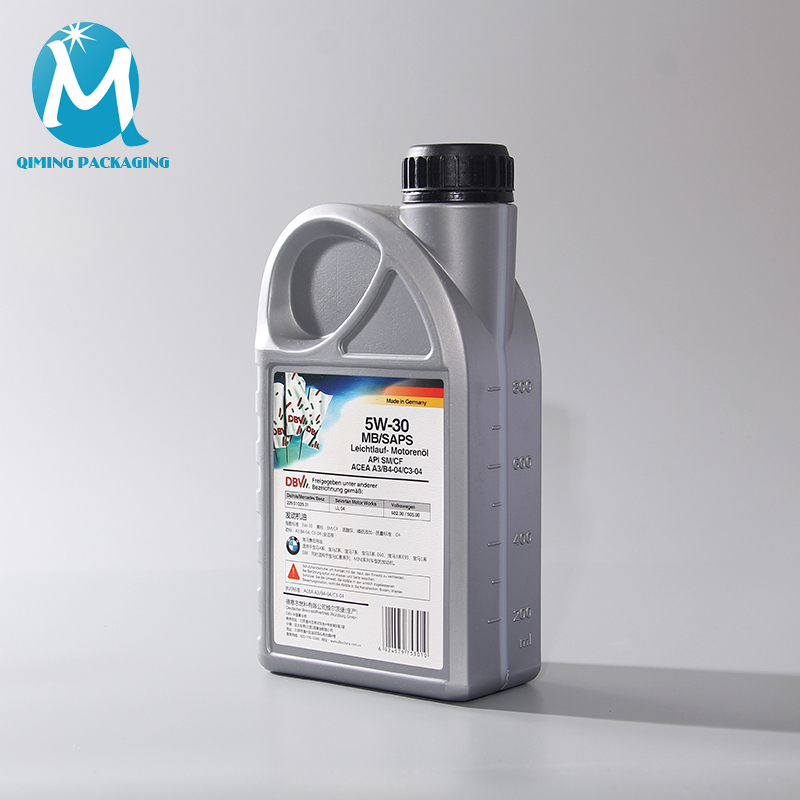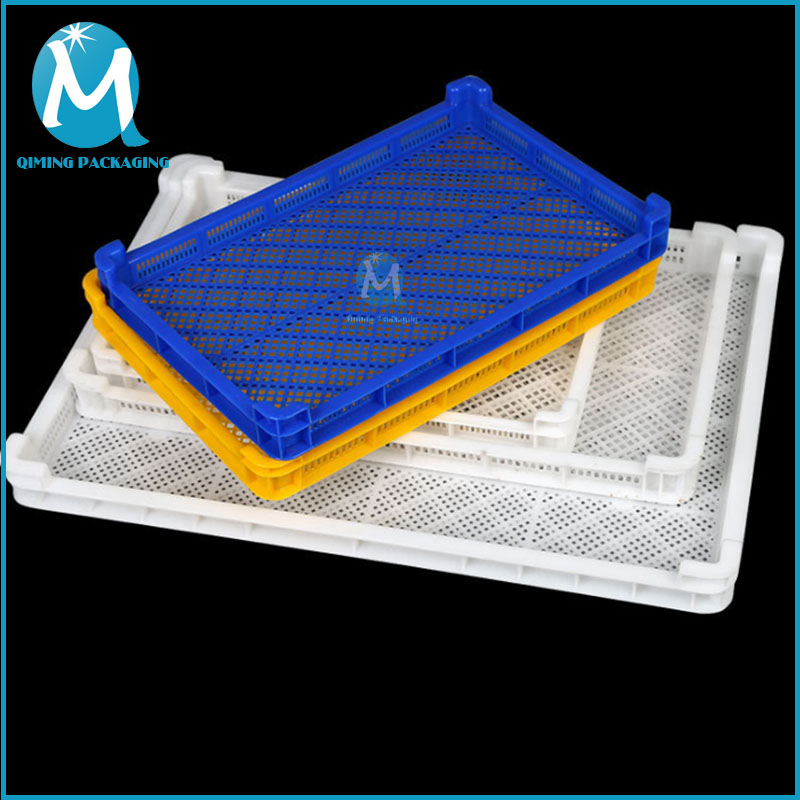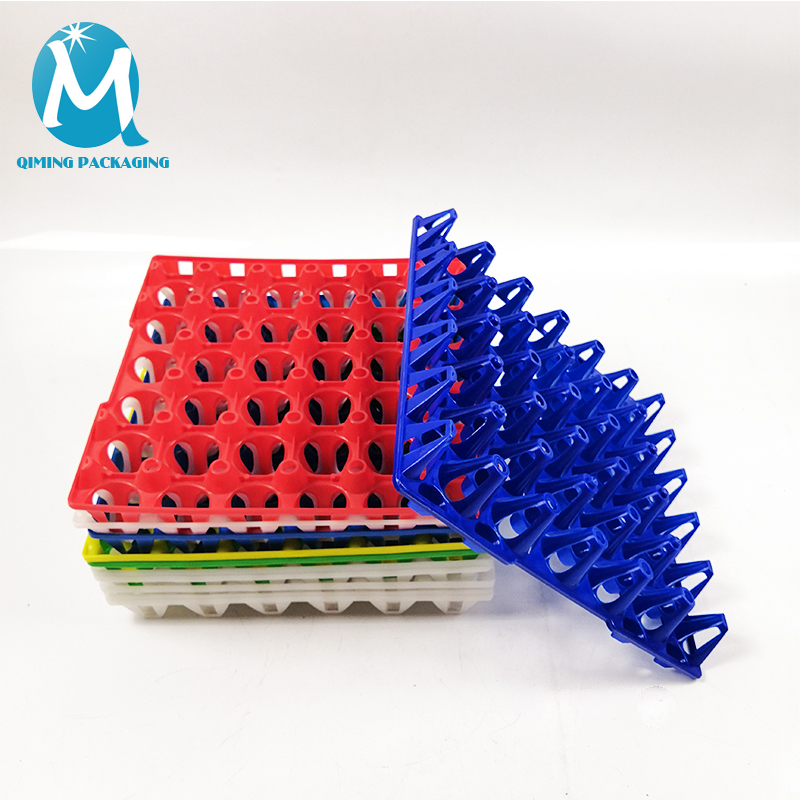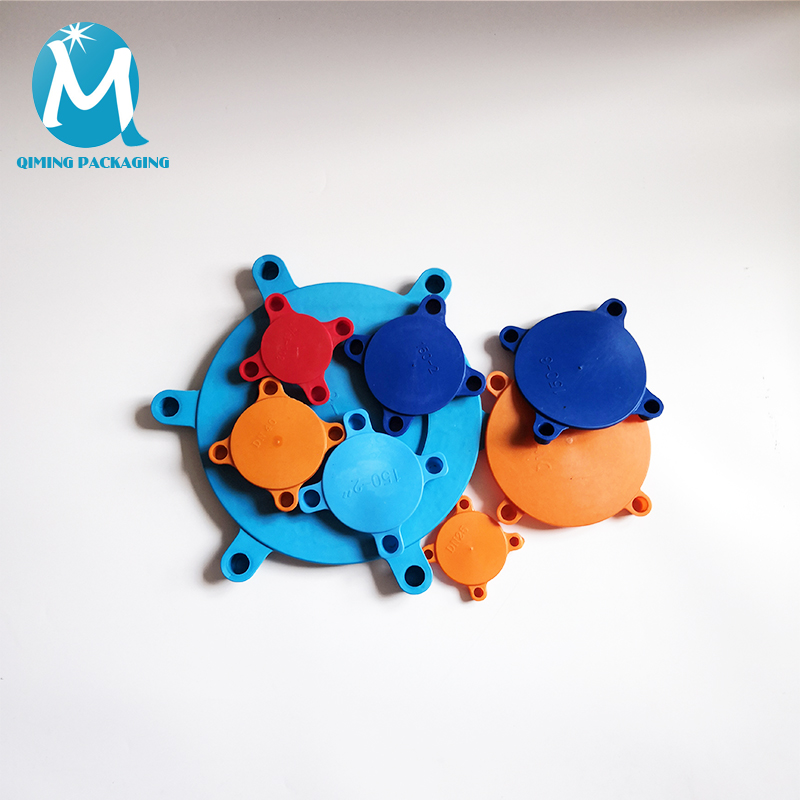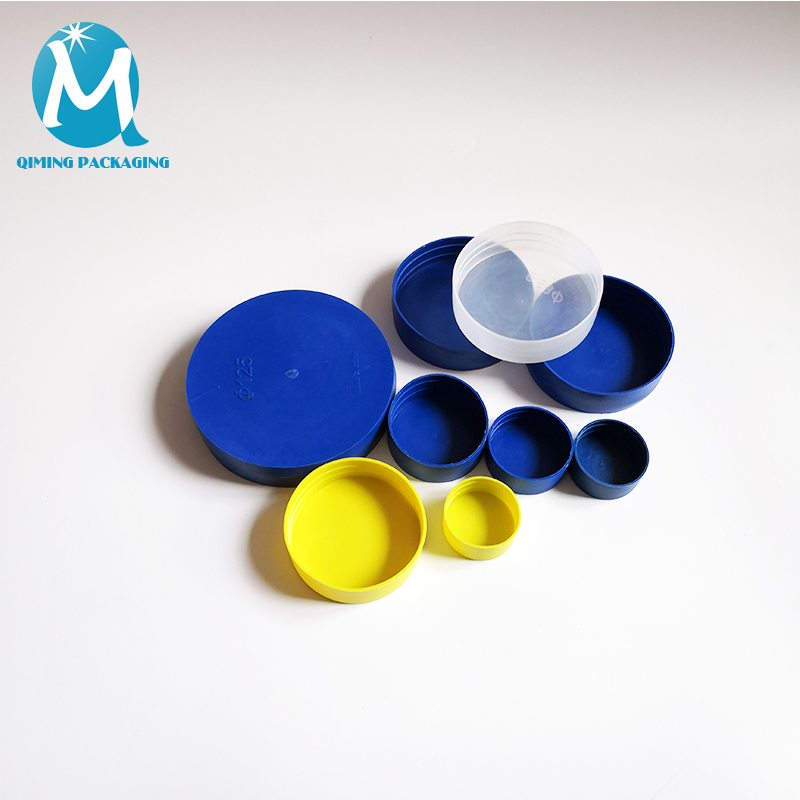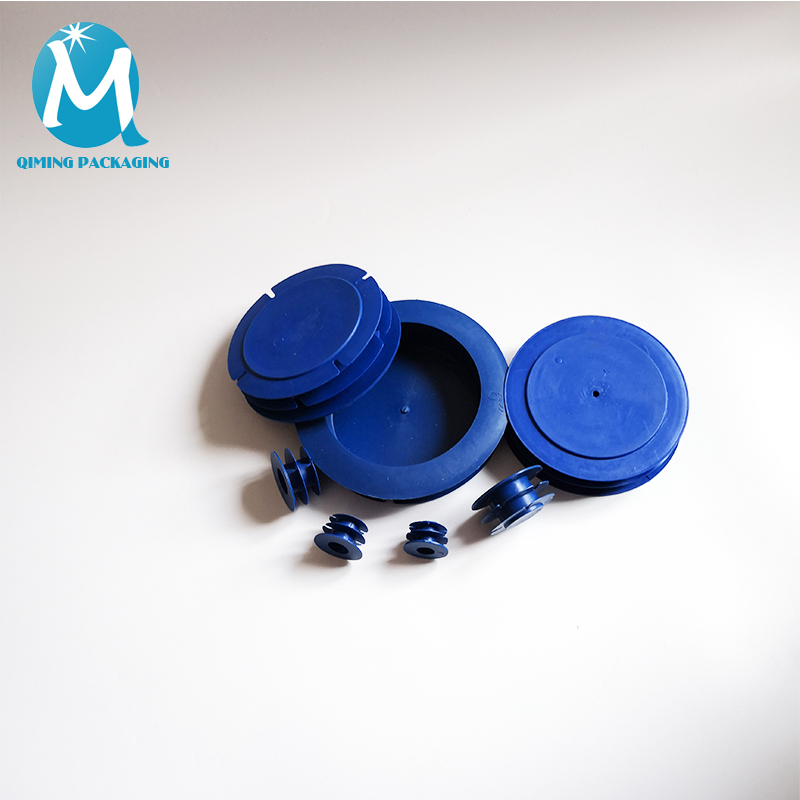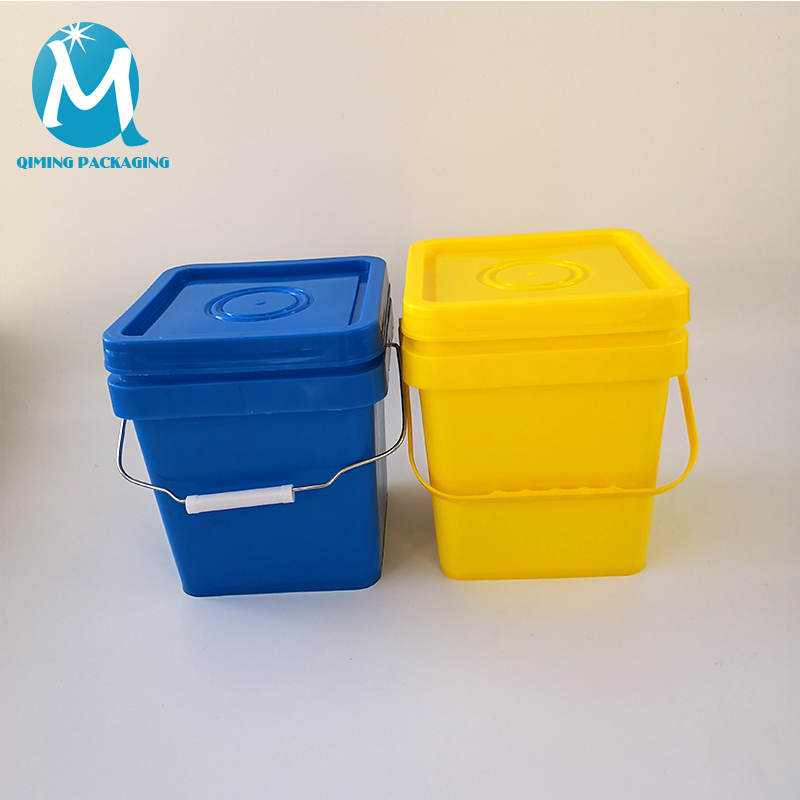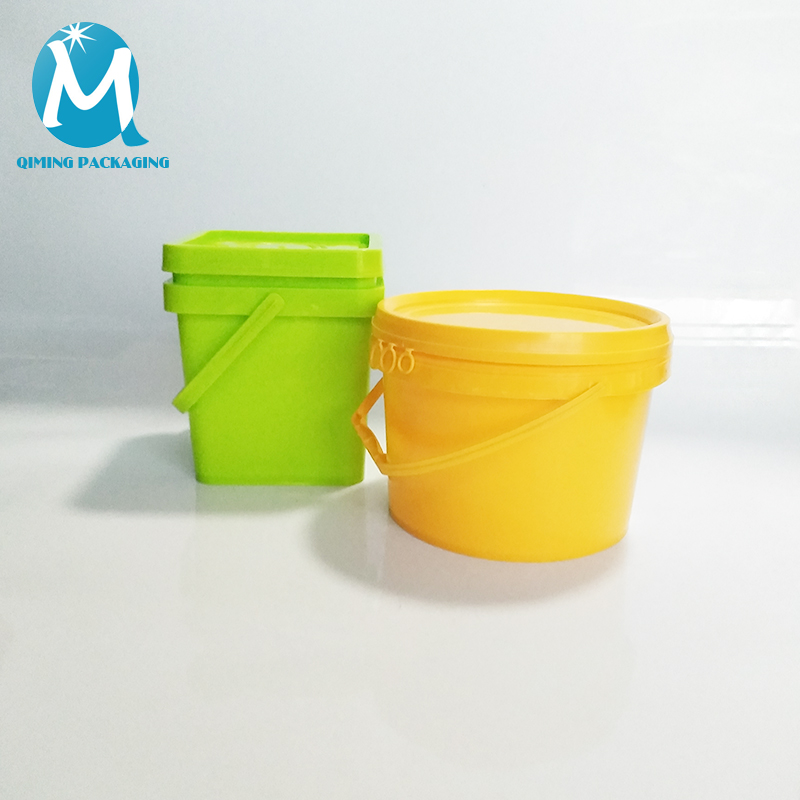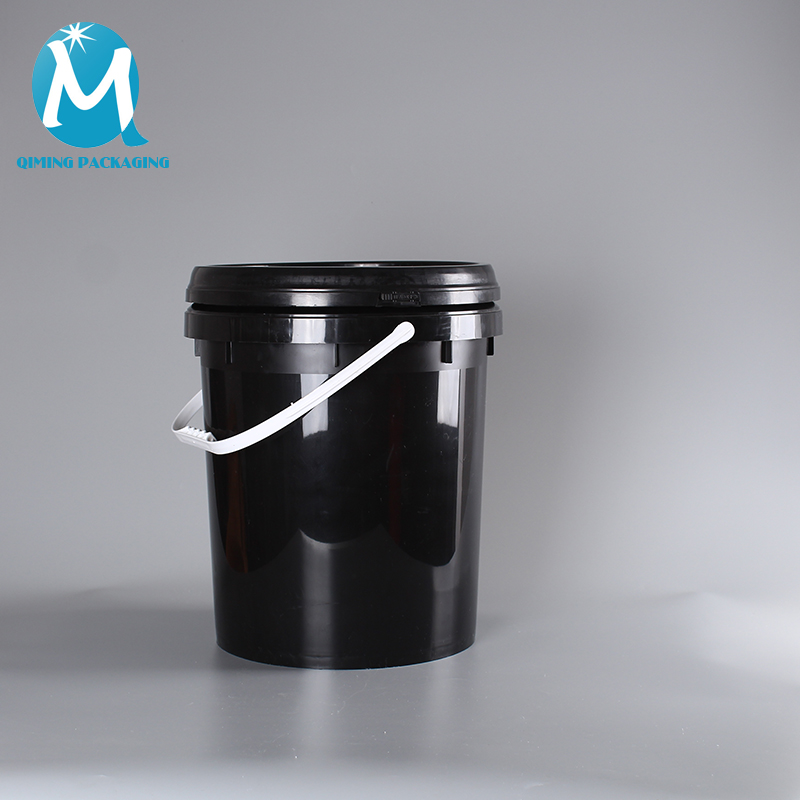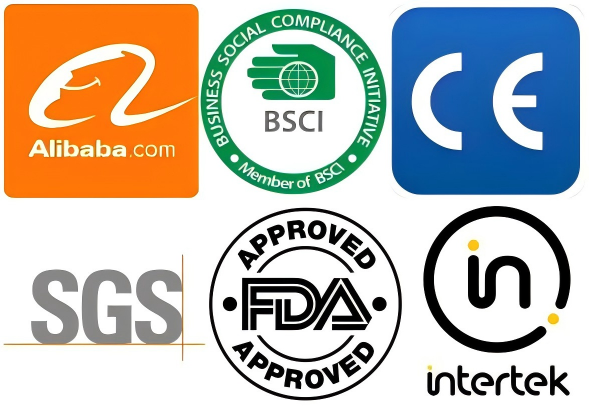Plastic Recycling
An estimated 8 million metric tons of plastic pour into the oceans every year, amounting to the equivalent of one garbage truck every minute, USAID Counselor Chris Milligan told a crowd at the Wilson Center in Washington, D.C., said on August 8th, 2019. This makes us feel the need for plastic recycling again.
There are now five massive patches of floating garbage in the world’s oceans. We found microplastics in the Arctic Sea ice, at the most remote stretches of islands in the Pacific and in the deepest ocean trenches.
Most ocean plastic comes from land-based sources, said Counselor Milligan:
An enormous amount comes from cities in the developing world which cannot adequately manage their waste. This includes a number of cities in the rapidly urbanizing countries of South and Southeast Asia. Ocean plastic waste is a global problem, but waste management is a local issue. It is not difficult to see from his speech-plastic recycling is a practical and necessary method.
*What is plastic recycling?
Plastic recycling is the process of recovering scrap or waste plastic and reprocessing the material into useful products. Since the vast majority of plastic is non-biodegradable, recycling is a part of global efforts to reduce plastic in the waste stream, especially the approximately 8 million metric tonnes of waste plastic that enters the Earth’s ocean every year.
*Plastic Recycling Logos
The plastic recycling logo was established by the Society of the Plastics Industry (now renamed Plastics Industry Association) in 1988. This set of logos will be plastic material identification code on the container or packaging, from No. 1 to No. 7, so that people do not need to bother to learn the similarities and differences of various plastic materials, can simply join the ranks of recycling work. Each plastic container has a small ID card – a triangular symbol, usually at the bottom of the plastic container. There are 1 to 7 numbers in the triangle. Each number represents a plastic container. They are made of different materials and different taboos.
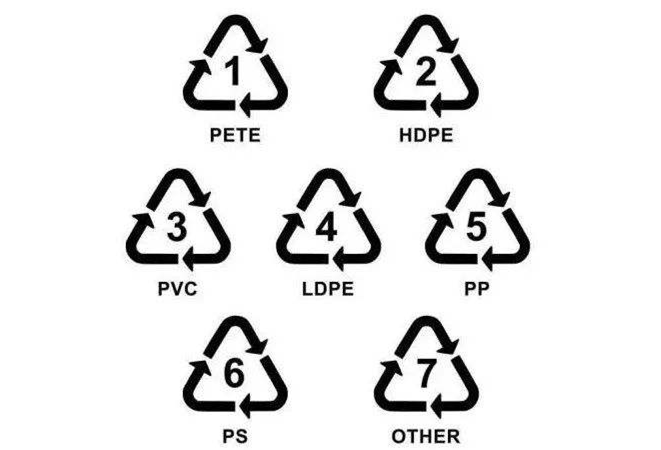
Plastic Recycling Logos from Qiming packaging website
* plastic recycling symbols meaning
Plastic recycling No. 1 PET
PET (polyethylene terephthalate), a container made of this material, is a common plastic bottle for soda, also known as bottles.
Qiming Packaging PET products are as below:
Besides that, common mineral water bottles, carbonated beverage bottles also made from PET. It is easy to deform from heat resistance to 70 C, and has substances harmful to the human body to melt out. The carcinogen DEHP may be released from No. 1 plastics after 10 months. Qiming Packaging recommends you not put it in the sun or in the car or fill it with alcohol, oil, etc.
Plastic recycling No. 2 HDPE
HDPE (high density polyethylene), detergent, shampoo, bath milk, edible oil, pesticides and other containers are mostly made of HDPE.
Qiming Packaging HDPE products are for your reference
Qiming Packaging suggest you not use it as a water cup . Don’t recycle if it’s not thoroughly cleaned.
Plastic recycling No. 3PVC
PVC (polyvinyl chloride), mostly used in the manufacture of water pipes, raincoats, schoolbags, building materials, plastic film, plastic boxes and so on.
Qiming Packaging PVC products are as followings
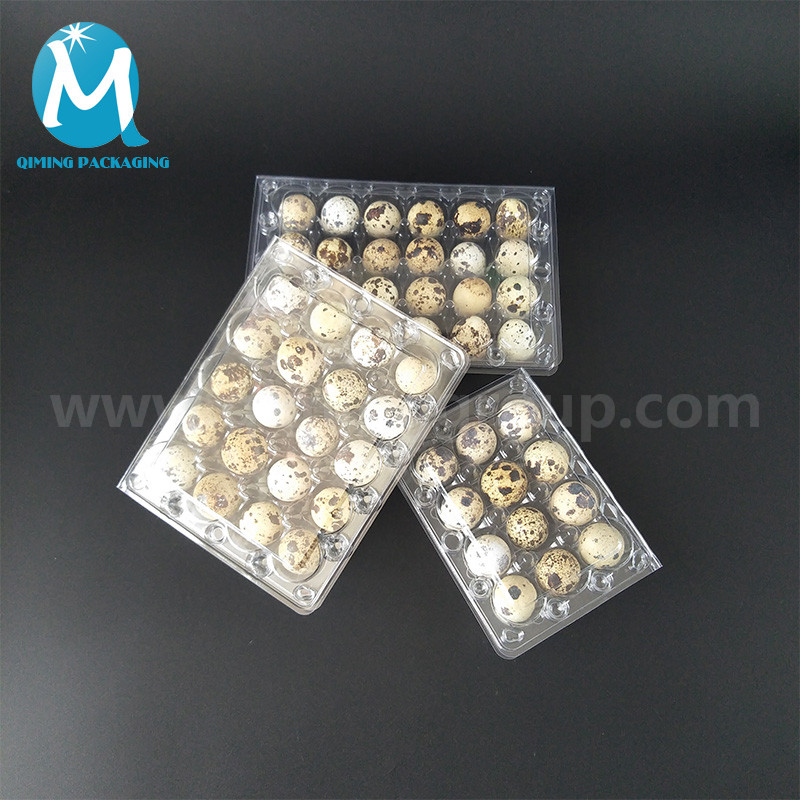
clear quail egg carton 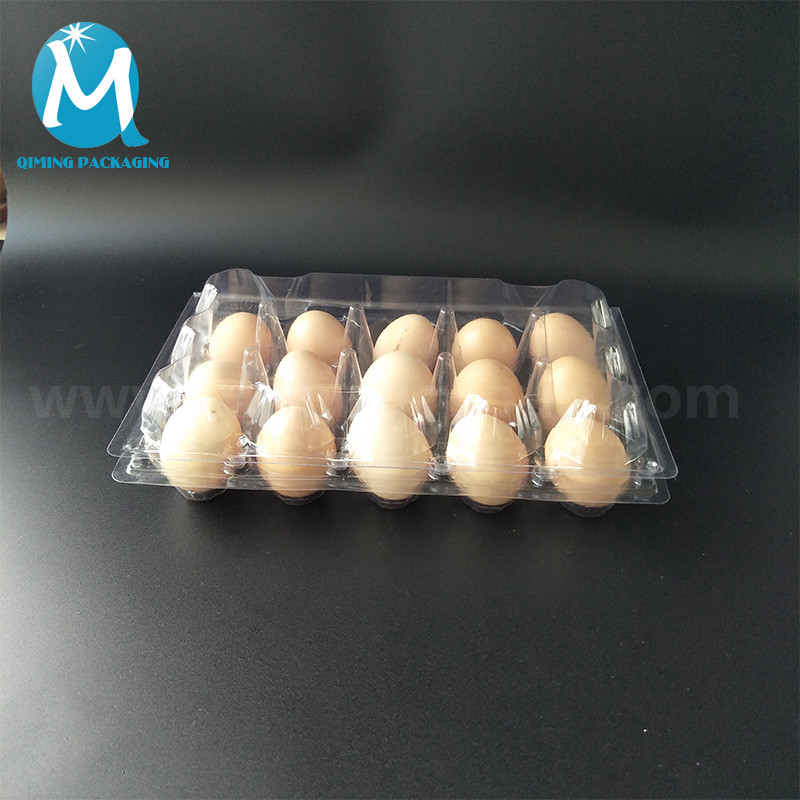
clear egg carton 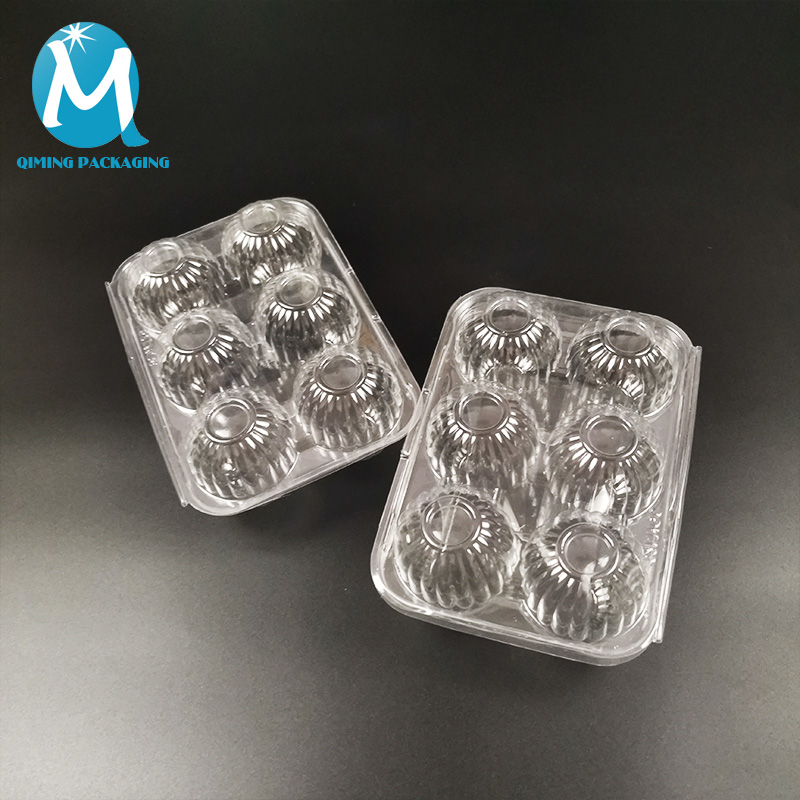
clear fruit tray
Because of its excellent plasticity and low price, it is widely used and can only resist heat at 81 C. It is easy to produce bad substances at high temperature, and seldom used in food direct packaging.Qiming Packaging reminds you not to buy drinks if they are packed by PVC.Like an egg with a shell, you can rest assured to use a PVC tray.
Plastic recycling No. 4 LDPE
LDPE (Low Density Polyethylene), plastic bags everywhere are mostly made of LDPE.
The fresh-keeping film, plastic film, etc. When high temperature occurs, harmful substances are produced. When toxic substances enter the human body with food, they may cause breast cancer, congenital defects of newborns and other diseases. Qiming Packaging advice you are not put the LDPE film in the microwave oven.
Therefore our LDPE products are non-food ones,Qiming Packaging focus on LDPE plastic end caps plugs covers for pipes ,flanges and valves.
Plastic recycling No. 5 PP
PP (polypropylene) is used to make water cans, garbage cans, baskets, food containers for microwave ovens and so on.
Common soybean milk bottles, yogurt milk bottles, juice beverage bottles, microwave oven lunch boxes. It can withstand high temperatures up to 167 degrees Celsius. It is the only plastic box that can be put into the microwave oven. It can be reused after careful cleaning. It should be noted that some microwave oven lunch boxes are made of No. 5 PP, but the lid of the box is made of No. 4 PE. Because PE can not withstand high temperature, it can not be put into the microwave oven with the box body. Our Qiming Packaging food grade PP container as below for your reference.
Plastic recycling No. 6 PS
PS (polystyrene), because of its low water absorption, is mostly used to make building materials, toys, stationery, rollers, as well as drink cupboxes or disposable tableware in fast food stores.
Plastic recycling No. 7 OTHER
Other. Common PC categories, such as kettles, space cups, milk bottles. Department stores often use water cups made of this material, PA, or nylon, for the internal parts of textile fibers and some household appliances. PC is easy to release toxic substance bisphenol A at high temperature, which is harmful to the human body. So Qiming Packaging reminds you when using, do not heat or do not direct sunshine.
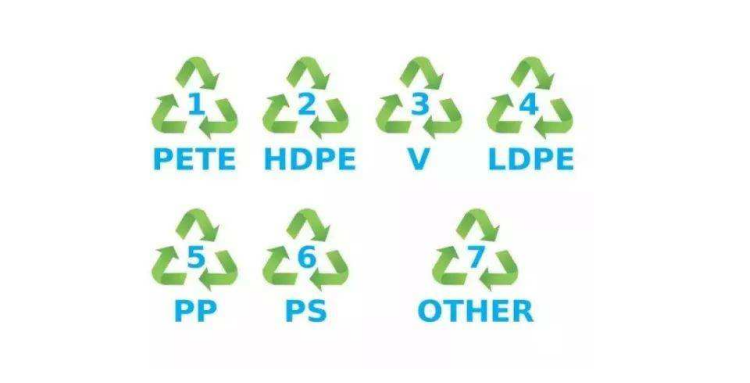
Our goal is to provide our customers the recycling plastic so that they can participate in the world economy as equals and be bettering in addressing global challenges. (This article is written by Qiming Packaging Lynette, if copy request, please indicate the source or contact mail@qiminggroup.com for more exchanges.)If you want to know more about our products or do not find the one you are looking for,you may visit us the other website.
